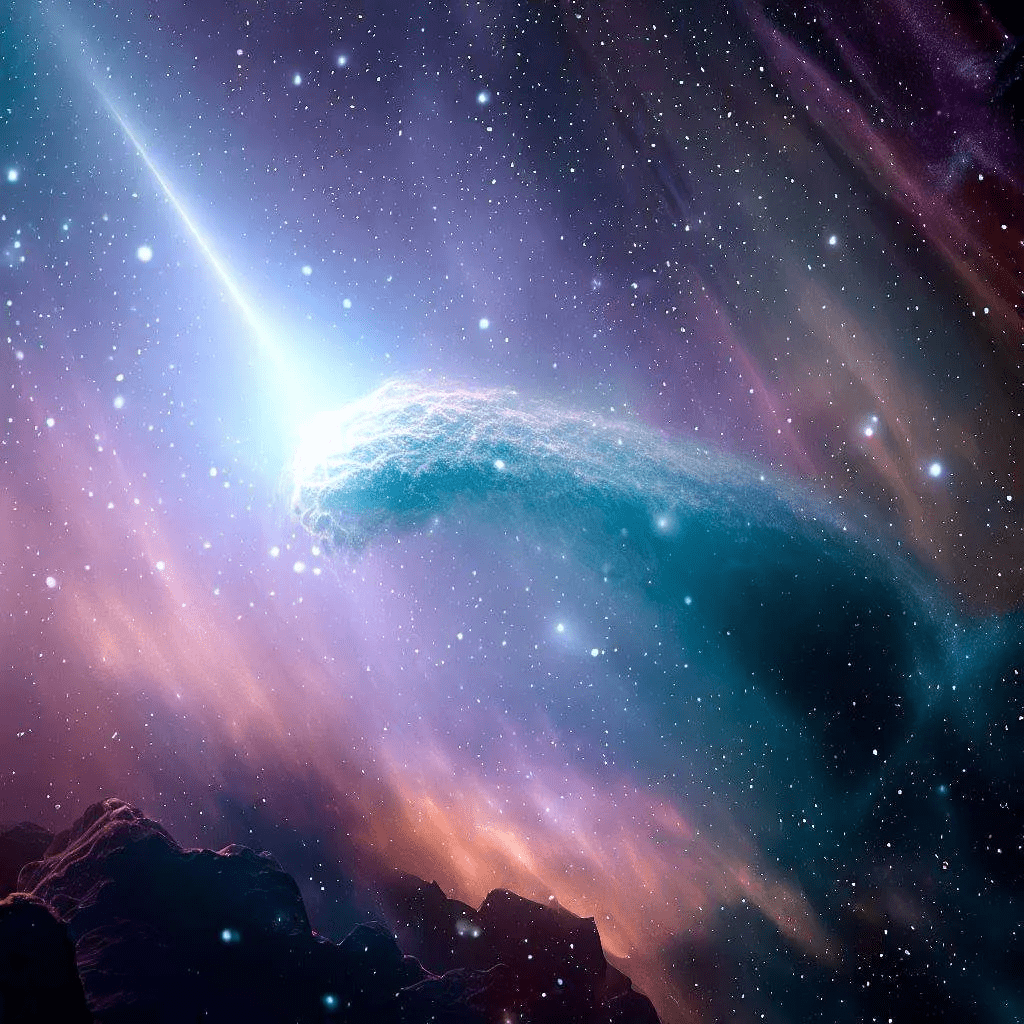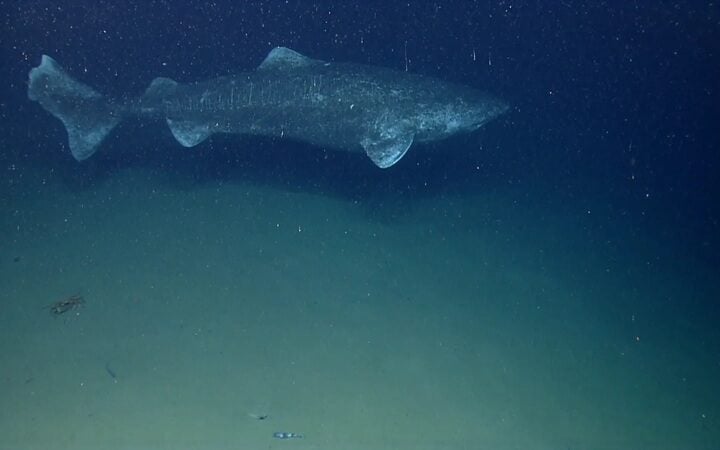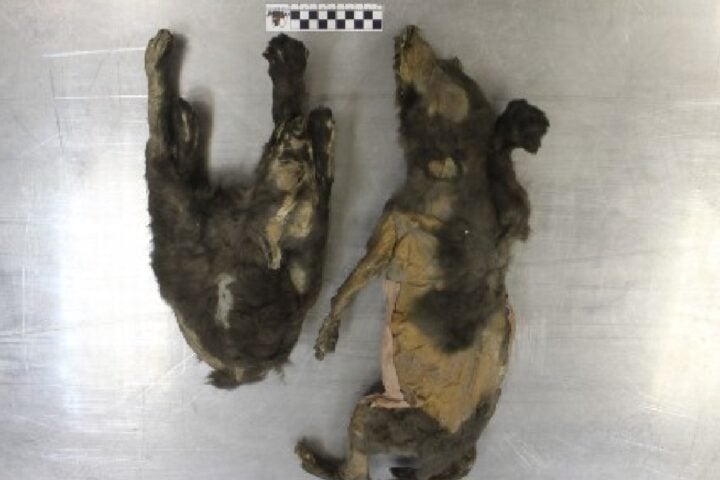The cosmic stage has been set for a spectacular event as a newly discovered comet, known as 129/Pons-Brooks, displays a peculiar “horned” shape due to a rare cryomagma eruption. This celestial spectacle, however, is set to mesmerize rather than menace, as the comet’s closest approach to Earth on June 2, 2024, is projected to be a safe 144 million miles away.
129/Pons-Brooks distinguishes itself from its counterparts through its unusual icy composition. An uncommon accumulation of gas and ice within its nucleus has led to cryovolcanic activity, a phenomenon that is not entirely understood yet due to its extraterrestrial nature. This activity led to a super-cold eruption of cryomagma, an amalgamation of ice and magma, releasing a staggering 22 billion pounds of dust and ice into space.
This spectacular eruption, along with the comet’s irregular shape, obstructed the pressure release, causing the formation of what appears to be horn-like protrusions in telescopic images. A dramatic burst of light was detected from the comet this month, amplifying its brightness a hundred-fold and enhancing its peculiar shape. Some space enthusiasts have compared the comet’s shape to the iconic Millennium Falcon from the Star Wars franchise.
However, the comet’s horned appearance is transient. As the debris from the cryovolcanic eruption becomes too dispersed, it will cease to reflect sunlight and the distinctive horns will fade away. Despite its ephemeral nature, the optical illusion of horns presents an intriguing, devil-like imagery.
Cryovolcanoes, primarily observed on other planets and their icy moons such as Pluto, Titan, and Ceres, remain an enigma to scientists. The most recent evidence of cryovolcanic activity was gathered by Cassini en route to Saturn, contributing to our growing, yet still limited understanding of these rare phenomena.
During this notable outburst, the comet’s coma—the nebulous envelope surrounding its nucleus—expanded, intensifying its brightness as it reflected more light back to Earth. Richard Miles, a cryovolcanic comet specialist at the British Astronomical Association, reported a colossal expansion of the comet’s coma to about 143,000 miles in diameter as of July 26.
Similar Post
The 129/Pons-Brooks comet’s unusual characteristics and activity have sparked intrigue and excitement in the scientific community worldwide. The observation of this massive cryovolcanic outburst has provided invaluable data, contributing to our understanding of such rare celestial phenomena. The event has stimulated a surge of scientific interest in cryovolcanic comets, shining a spotlight on the study of these icy spectacles.
This is not the first time such a phenomenon has captivated the scientific community. In December 2022, comet 29P witnessed a substantial eruption, ejecting an estimated 1 million tons of cryomagma into space, setting a precedent for 129/Pons-Brooks’ spectacular display.
The reports of this exceptional event by Spaceweather.com have also sparked a frenzy among stargazers, who eagerly anticipate the closest approach of this spectacular horned comet. As 129/Pons-Brooks continues on its celestial journey, its unpredictable nature promises to offer abundant opportunities for further exploration into the enigmatic world of cryovolcanism in space.


















